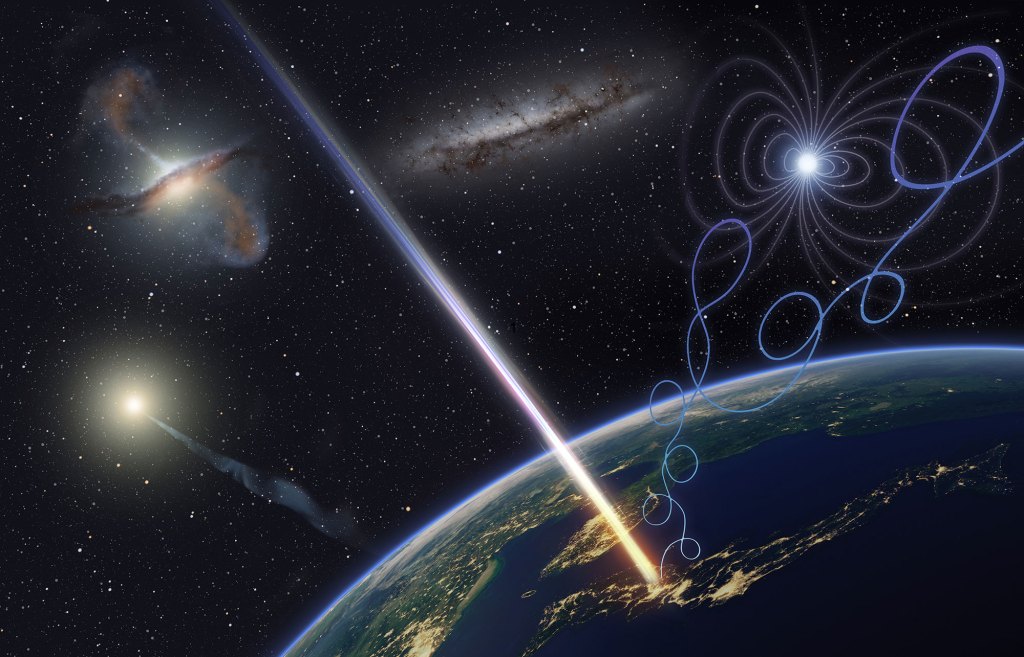Scientists have discovered a tiny object in the Kuiper belt beyond Neptune, a kilometer-scale world that could shed light on how planets formed in the early days of the solar system.
The find—which marks the first time that a world smaller than ten kilometers has been detected in this part of the solar system—seems like it would require high-resolution telescopes like the 10-meter Keck Observatory in Hawaii. However, it was actually spotted by two modest “amateur telescopes,” according to research published Monday in Nature Astronomy.
Videos by VICE
“This is a real victory for little projects,” lead author Ko Arimatsu, an astronomer at the National Astronomical Observatory of Japan, said in a statement. Arimatsu runs the Organized Autotelescopes for Serendipitous Event Survey (OASES) project that detected the new Kuiper belt object (KBO).
“Our team had less than 0.3 percent of the budget of large international projects,” he added. “We didn’t even have enough money to build a second dome to protect our second telescope! Yet we still managed to make a discovery that is impossible for the big projects.”
The object’s small size and remote location can help scientists learn about how planets formed in the early solar system. Research suggests that large planets are created after reaching a tipping point that sparks a “runaway growth” phase. Small kilometer-scale worlds like this one were never integrated into larger worlds, and so they offer a rare look at the pristine building blocks of planets.
Read More: Scientists Discovered a New Dwarf Planet at the Edge of Our Solar System
Arimatsu’s team detected the object using the light of distant stars to capture the silhouette of small worlds in the Kuiper belt. Sometimes called the Edgeworth-Kuiper belt, this region is 30 times farther from the Sun than Earth and contains thousands of icy objects, including Pluto.
The astronomers used 11-inch Celestron telescopes, which are worth about $3,000 each, as well as specialized cameras and astrographs. They placed the telescopes on a school roof on Miyako Island, Japan, located off the east coast of Taiwan.
The telescopes monitored 2,000 stars for a cumulative period of 60 hours. Arimatsu and his colleagues examined the observations for signs of occultations, the term for slight dips in stellar brightness caused by objects passing in front of stars.
That’s how they detected this tiny world with a radius of 1.3 kilometers, which has not yet been named. Pluto looks like a true giant in comparison with its diameter of about 2,400 kilometers.
“Large occultation surveys, as well as OASES and other small projects by amateur astronomers and citizen scientists, will reveal the nature of small outer Solar System objects hidden in the darkness,” the team wrote in the paper.
Get six of our favorite Motherboard stories every day by signing up for our newsletter.




